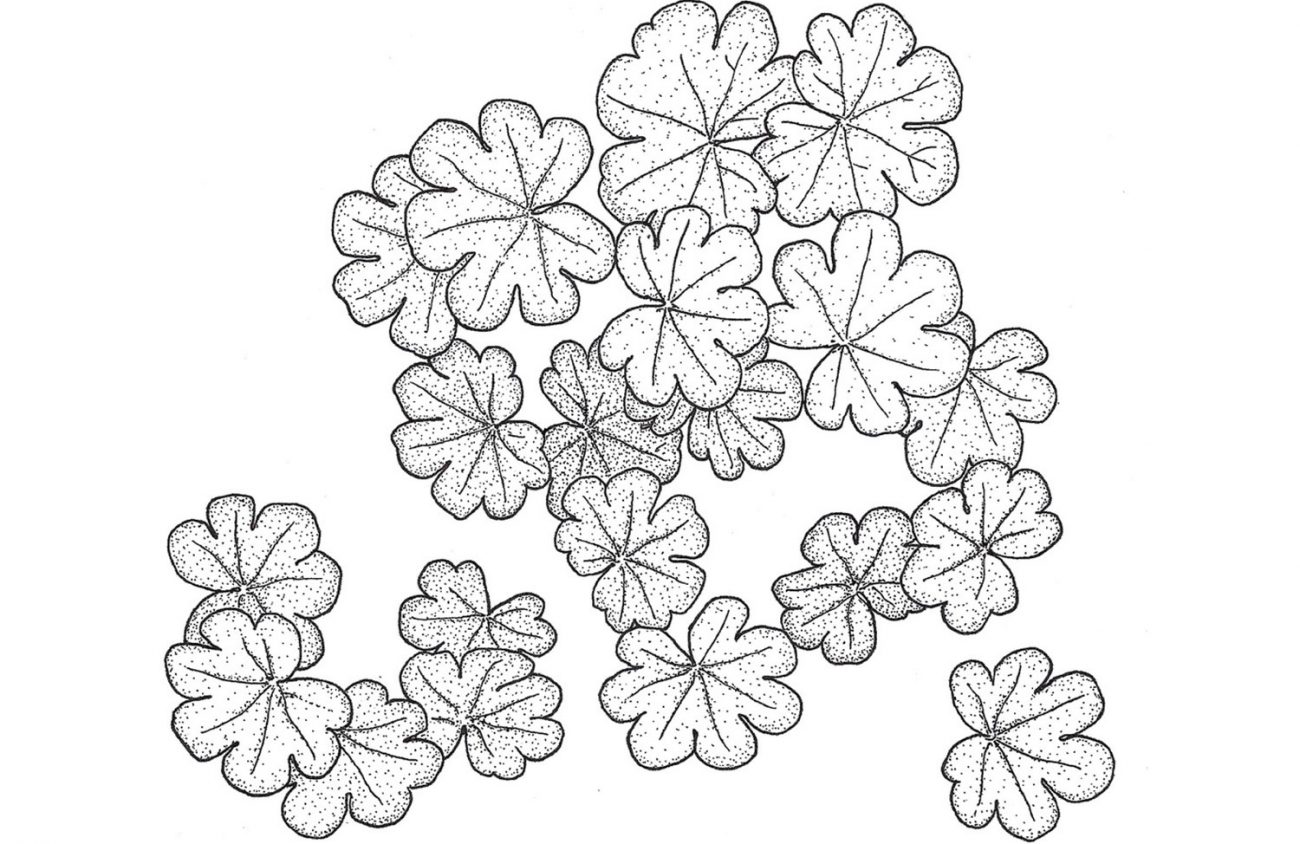Autumnal equinox is receding into the past, with rate of day length change slowing to a crawl. Days will get shorter, and nights will get longer for a month and a half until a nearly imperceptible switch to longer days comes with winter solstice. Northern forests are entering their silent time across most of the country, when almost everything slows down and becomes dormant or hibernates.
Animals like turtles, which hibernate in northeastern states, simply brumate here. Brumation means they lie low, buried in mud when it’s freezing but come out to sun themselves on occasional sunny days. Our wildlife viewing is enhanced on walks around the Delta Ponds. The ponds are populated with a rich diversity of migratory waterfowl staying the winter with us. Our bird feeders need to be kept clean and full for the resident goldfinches, chickadees and sparrows.
In the region west of the Cascades, the plant world responds to winter rains by waking up from summer drought. It is like spring for the mosses and lichens that have been crispy dry for most of the summer. Ferns and mosses have their growth and reproduction cycle in winter months on the branches of the now leafless oaks, maples and ash trees. Perennial flowering herbs of valley woodlands start squeezing out bright, green sprouts by the end of the year. Buds on understory shrubs will soon be swelling, too. The weedy winter annuals are burgeoning in sidewalk cracks and fallow gardens. Many are edible and tasty.
David Wagner is a botanist who works in Eugene. He teaches moss classes, leads nature walks and makes nature calendars. He can be contacted through his website fernzenmosses.com.
